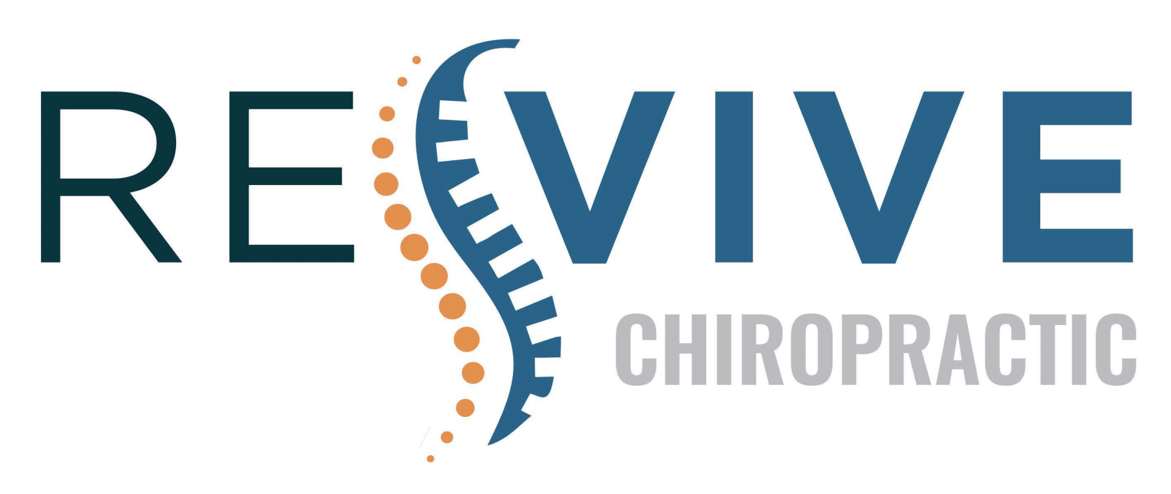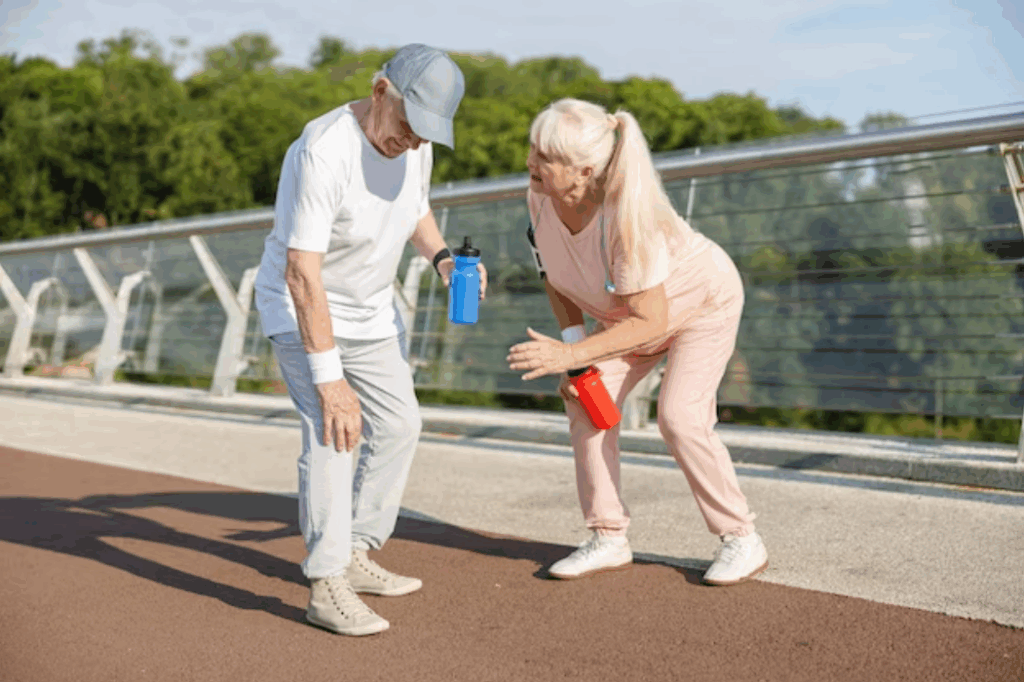When you face a sports injury, understanding your treatment options is essential for a successful recovery. You might start with rest and gentle exercises to facilitate healing, but that's just the beginning. Pain management strategies, physical therapy, and even alternative therapies can all play a role in your rehabilitation. If your injury is more severe, surgical options could be necessary. As you consider these paths, it's important to explore what suits your specific needs and circumstances. What you'll find next might just change how you approach your recovery.
Common Sports Injuries
In the world of sports, injuries are an unfortunate reality that athletes of all levels face. Whether you're a weekend warrior or a professional competitor, you're likely to encounter common sports injuries that can sideline you. Understanding these injuries can help you take proactive measures to avoid them.
One of the most prevalent injuries is a sprain, particularly in the ankles and knees. You might feel a sudden twist or fall, leading to pain and swelling.
Another common injury is a strain, which usually affects muscles or tendons. Athletes often experience strains in the hamstrings or lower back due to overexertion or improper technique.
Tendonitis is another issue that arises from repetitive motion. If you're frequently using the same muscle group, like in running or swimming, you may develop inflammation in your tendons. This can lead to discomfort and decreased performance.
Fractures, though less frequent, can occur from high-impact activities or falls. A broken bone can put you out of action for weeks or even months.
You might also face shoulder injuries, especially if you participate in sports like baseball or tennis. Rotator cuff injuries can cause severe pain and limit your range of motion.
Finally, concussions are serious injuries resulting from impacts to the head, often seen in contact sports.
Being aware of these common sports injuries can help you identify symptoms early and seek appropriate treatment, allowing you to get back to your game as soon as possible.
Rest and Recovery
Rest and recovery are essential for getting back to your best after a sports injury.
You'll want to understand how long to rest and explore active recovery techniques that can aid your healing process.
Let's look at the importance of giving your body the time it needs to recover effectively.
Importance of Rest
Many athletes overlook the significant role that rest plays in recovery from sports injuries. You might feel tempted to push through the pain or jump back into training, but ignoring your body's signals can lead to prolonged healing times and even more serious injuries.
Rest isn't just about taking a break; it allows your muscles, ligaments, and tendons to repair and strengthen after an injury.
When you rest, your body activates its natural healing processes. Blood flow increases to the injured area, delivering important nutrients and oxygen, which promote tissue repair. Additionally, adequate rest helps to reduce inflammation and pain, making it easier for you to return to your sport.
During this recovery phase, it's imperative to get enough sleep, as this is when your body performs much of its healing work. Make sure you're listening to your body and giving it the time it needs to recover fully.
Active Recovery Techniques
After taking time to rest, incorporating active recovery techniques can greatly enhance your healing process and help you regain strength.
Active recovery involves low-intensity exercises that promote blood flow to your muscles without placing too much stress on them. This can include activities like walking, cycling, or swimming at a comfortable pace.
Engaging in gentle stretching or yoga can also aid in your recovery by improving flexibility and reducing muscle tension.
Pay attention to your body; if something feels painful, adjust your routine accordingly.
Consider adding foam rolling or massage to your active recovery plan. These techniques can alleviate soreness and help improve circulation, further speeding up your recovery.
Hydration and proper nutrition shouldn't be overlooked either. Staying hydrated and consuming nutrient-rich foods can provide your body with the necessary building blocks for repair and recovery.
Duration Recommendations
Determining the right duration for rest and recovery is essential for healing sports injuries effectively. You need to listen to your body and give it the time it requires to recover fully. Rushing back into activity can lead to re-injury or chronic issues.
Here are some general guidelines to reflect upon:
- Mild Injuries: For minor sprains or strains, rest for about 1-2 days, followed by gentle movement to maintain flexibility.
- Moderate Injuries: If you've experienced a more significant injury, such as a moderate sprain, take 1-3 weeks off from strenuous activity. Gradually reintroduce movement as pain subsides.
- Severe Injuries: For serious injuries like fractures or ligament tears, you may need 4-8 weeks or longer. This duration often requires medical supervision and rehabilitation.
- Listen to Your Body: Always pay attention to your pain levels. If you experience pain during activity, take additional rest days to allow your body to heal.
Physical Therapy Techniques
When it comes to recovering from sports injuries, physical therapy techniques can be game-changers.
You'll find that manual therapy approaches, exercise rehabilitation strategies, and various modalities for pain relief can greatly enhance your healing process.
Let's explore how these methods can get you back on the field faster.
Manual Therapy Approaches
Manual therapy approaches play an essential role in treating sports injuries, offering targeted techniques to alleviate pain and restore function.
These hands-on methods can considerably improve your recovery process, addressing the root causes of your discomfort.
Here are four common manual therapy techniques you might encounter:
- Joint Mobilization: This technique involves the gentle movement of joint structures to improve mobility and reduce stiffness. It can help you regain range of motion after an injury.
- Soft Tissue Mobilization: Focused on muscles, tendons, and fascia, this technique uses pressure and manipulation to relieve tightness and improve blood flow, promoting healing in the affected area.
- Myofascial Release: This approach targets the fascia, the connective tissue surrounding muscles. By applying sustained pressure, it helps to release tension and restore normal function.
- Trigger Point Therapy: This technique involves identifying and releasing specific points of tension in muscles. By alleviating these "trigger points," you can experience considerable pain relief and improved movement.
Incorporating these manual therapy approaches into your treatment plan can enhance your recovery and get you back in the game faster.
Exercise Rehabilitation Strategies
To effectively recover from sports injuries, exercise rehabilitation strategies play an important role in restoring strength, flexibility, and overall function.
These strategies involve a tailored program that focuses on specific movements and exercises to address your unique injury. You'll work closely with a physical therapist who'll design a regimen that suits your needs, ensuring you regain your physical capabilities safely and efficiently.
You'll typically start with gentle range-of-motion exercises to prevent stiffness and encourage circulation. As your condition improves, your therapist will introduce strength training to rebuild muscle around the injured area.
This process often includes resistance bands, weights, and bodyweight exercises that promote stability and endurance.
Incorporating balance and coordination drills is also essential, as these exercises help you regain confidence in your movements. Stretching should be a regular part of your routine to enhance flexibility and prevent future injuries.
Throughout your rehabilitation, communication with your therapist will be critical; they'll monitor your progress and adjust your program as needed.
Modalities for Pain Relief
In the domain of physical therapy, various modalities for pain relief can greatly enhance your recovery from sports injuries. Understanding these techniques can empower you to manage your pain effectively and improve your overall healing process.
Here are four common modalities you might encounter:
- Heat Therapy: Applying heat can increase blood flow and relax muscles, making it ideal for chronic pain or stiffness.
- Cold Therapy: Ice packs help reduce inflammation and numb sharp pain immediately after an injury, which is essential for the first 48 hours.
- Electrical Stimulation: Techniques like TENS (Transcutaneous Electrical Nerve Stimulation) can disrupt pain signals sent to your brain, providing temporary relief.
- Ultrasound Therapy: This method uses sound waves to promote tissue healing and reduce inflammation, ideal for deeper muscle or joint issues.
Incorporating these modalities into your treatment plan can greatly reduce discomfort and expedite your recovery.
Always consult your physical therapist to determine which options best suit your specific needs and injury type.
Medication and Pain Management
When dealing with sports injuries, effective medication and pain management are essential to your recovery. You need to address pain and inflammation to get back to your game as quickly as possible. Over-the-counter nonsteroidal anti-inflammatory drugs (NSAIDs) like ibuprofen or naproxen can reduce pain and swelling. These medications are often your first line of defense and can be easily obtained without a prescription.
However, if your pain is more severe, your healthcare provider might prescribe stronger medications, such as opioids. While these can be effective, they come with the risk of dependency, so it's vital to use them only as directed and for the shortest duration necessary. Always communicate openly with your doctor about your pain levels and any concerns regarding medication.
In addition to traditional medications, topical treatments like creams or patches can provide localized relief without the systemic side effects associated with oral medications. You might also explore alternative pain management options like corticosteroid injections, which can deliver potent anti-inflammatory effects directly to the injured area.
Moreover, don't overlook the importance of combining medication with other recovery strategies. Physical therapy, rest, and rehabilitation exercises can enhance the effectiveness of your pain management plan, helping you regain strength and flexibility.
Always consult your healthcare provider before starting any new medication or treatment, ensuring that your approach is safe and tailored to your specific injury.
Surgical Options
Surgical options can play an important role in the recovery process for athletes facing severe sports injuries. When conservative treatments like medication and physical therapy don't bring relief, you might need to think about surgery.
It's essential to understand the types of surgical interventions available, as they can differ based on the injury and your overall health. Here are four common surgical options you might encounter:
- Arthroscopy: This minimally invasive procedure allows surgeons to diagnose and treat joint issues using small incisions. It's often used for cartilage repair and ligament reconstruction.
- Open Surgery: In cases where the injury is complex, open surgery may be necessary. This approach provides the surgeon with a better view and access to the damaged area, allowing for more extensive repairs.
- Tendon Repair: If a tendon is torn or damaged, surgical repair can restore its function. This is common in injuries like Achilles tendon ruptures.
- Joint Replacement: For severe joint damage, particularly in the hip or knee, joint replacement surgery may be recommended. This involves replacing damaged joint surfaces with artificial components.
Before deciding on surgery, consult with your healthcare provider to evaluate the risks and benefits.
Every athlete's situation is unique, so a personalized approach is critical for achieving the best outcome. Remember, the goal isn't just to recover but to return to your sport stronger than ever.
Alternative Therapies
After exploring surgical options, it's important to contemplate alternative therapies that can support your recovery and overall well-being. Many athletes find that incorporating these therapies into their treatment plans can enhance healing and alleviate pain without the need for invasive procedures.
One popular alternative therapy is acupuncture. This ancient Chinese practice involves inserting thin needles into specific points on the body, which can help reduce pain and inflammation. You might find it beneficial for conditions like tendonitis or chronic muscle pain.
Another option is chiropractic care, which focuses on realigning the spine and improving overall body function. Regular adjustments can relieve tension and improve mobility, making it a great choice if you've experienced any misalignments due to sports injuries.
Physical therapy is also a valuable alternative. A skilled therapist can create a tailored exercise program to strengthen injured areas, improve flexibility, and restore function. This hands-on approach often involves techniques like massage and manual therapy to promote healing.
Massage therapy is another effective option. Different styles, such as deep tissue or sports massage, can help reduce muscle tightness, improve circulation, and enhance recovery.
Lastly, consider holistic practices like yoga or tai chi, which promote relaxation, flexibility, and mental clarity. These practices can help you connect with your body, reducing stress while supporting your physical recovery.
Regenerative Medicine
Regenerative medicine has emerged as a groundbreaking approach for treating sports injuries, focusing on repairing and restoring damaged tissues. This innovative field harnesses the body's natural healing processes to accelerate recovery and improve outcomes, making it an attractive option for athletes like you.
When considering regenerative medicine, you might explore several techniques, including:
- Platelet-Rich Plasma (PRP) Therapy: This involves drawing your blood, processing it to concentrate the platelets, and injecting it into the injured area to promote healing.
- Stem Cell Therapy: Stem cells, derived from your own body or a donor, can regenerate damaged tissues, potentially offering long-lasting relief from injuries.
- Tissue Engineering: This approach combines cells and biomaterials to create new tissues that can replace damaged ones, helping restore function.
- Exosome Therapy: Exosomes are tiny vesicles released from cells that can deliver healing signals to injured tissues, enhancing recovery.
These methods not only aim to alleviate pain but also target the root cause of the injury, which can lead to more sustainable results.
While regenerative medicine holds promise, it's crucial to consult with a qualified healthcare professional to determine the best approach for your specific situation. They'll assess your injury, discuss potential risks and benefits, and tailor a treatment plan that suits your needs, ensuring you return to your sport stronger than before.
Rehabilitation Programs
How can a well-structured rehabilitation program make a difference in your recovery from a sports injury? A focused rehabilitation program is essential for restoring your strength, flexibility, and overall function after an injury. It's tailored to your specific needs, taking into account your injury's severity and your sport's demands.
First, a rehabilitation program usually begins with an assessment by a qualified professional. They'll evaluate your injury, identify limitations, and set realistic goals for your recovery. You'll find that having a clear plan in place helps to keep you motivated.
As you progress, the program typically includes a combination of physical therapy exercises, stretching routines, and strength training. These exercises not only promote healing but also help prevent future injuries by strengthening the muscles surrounding the affected area.
You'll be encouraged to listen to your body and communicate any pain or discomfort to your therapist, ensuring the program remains effective and safe.
Another key aspect is the gradual return to your sport. Your rehabilitation program will often include sport-specific drills that mimic the movements you'll perform in your activity. This helps rebuild your confidence and prepares you for the demands of competition.
Finally, staying committed to your rehabilitation program is essential. Consistency and dedication can greatly influence your recovery timeline. By actively participating in your rehabilitation, you're not just healing; you're laying the groundwork for a stronger, more resilient you.
Preventative Measures
Many athletes overlook the importance of preventative measures, but they can greatly reduce the risk of sports injuries. By taking proactive steps, you can enhance your performance while keeping your body safe.
Here are four essential preventative measures you should consider:
1. Warm-Up and Cool Down: Always start your training sessions with a proper warm-up to increase blood flow to your muscles.
Likewise, cooling down helps your body shift from high activity to rest, reducing muscle soreness.
2. Strength and Flexibility Training: Incorporate strength training to build muscle support around your joints, and add flexibility exercises to improve your range of motion.
This combination can help you avoid strains and sprains.
3. Use Proper Equipment: Invest in high-quality gear designed for your sport.
This includes shoes that provide adequate support and protection. Wearing the right equipment can make a significant difference in preventing injuries.
4. Listen to Your Body: Pay attention to any signs of pain or discomfort.
If something doesn't feel right, don't push through it. Rest and seek professional advice if needed. Ignoring these signals often leads to more severe injuries.
Conclusion
Injuries can sideline you, but knowing your treatment options empowers you to get back in the game. Embrace rest and active recovery to kickstart healing, and don't hesitate to explore physical therapy, medication, and even surgical options if needed. Consider alternative therapies to complement your recovery, and stay proactive with rehabilitation and preventative measures. By taking these steps, you'll not only recover more effectively but also reduce the risk of future injuries, ensuring you stay active and engaged in your sport.



